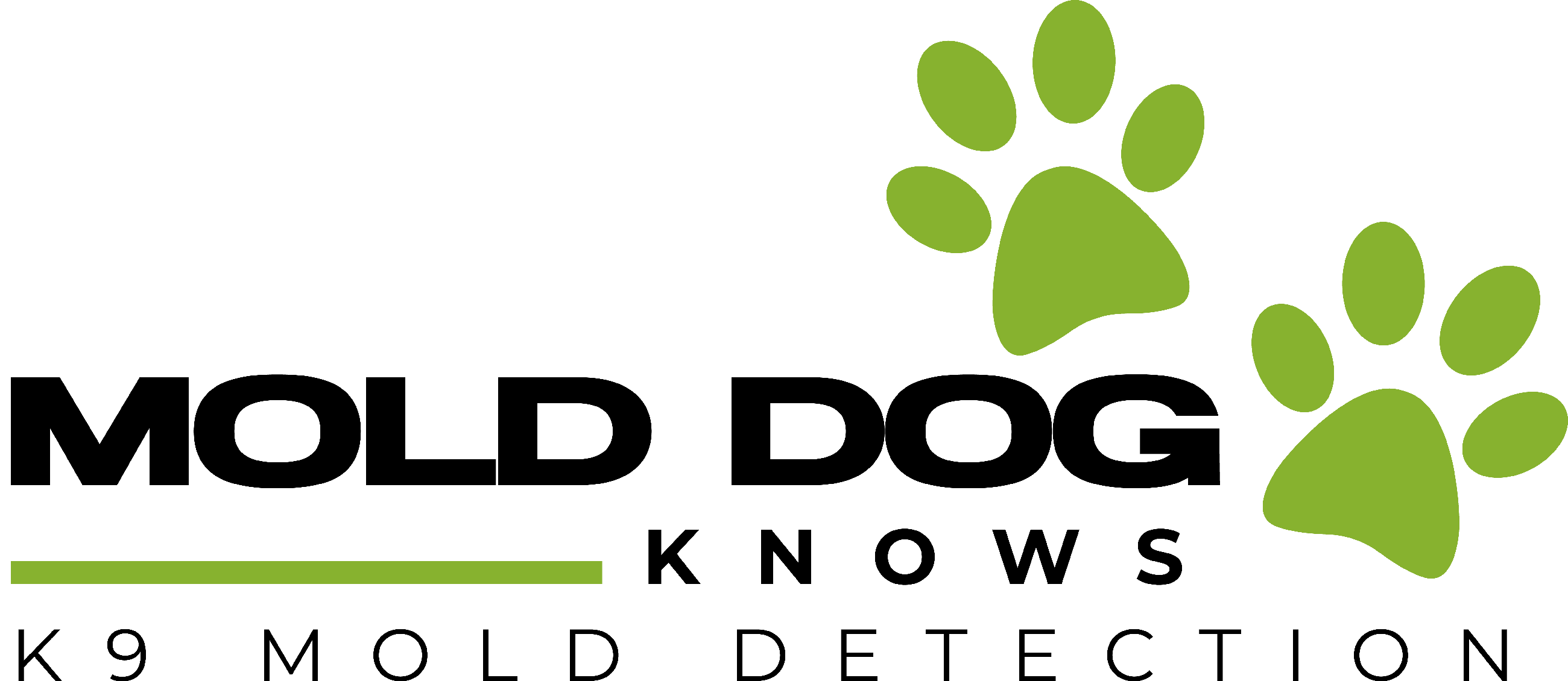Preventing Mold Growth in Your Home: Tips & Strategies

Mold in the home can be a significant health hazard, especially for those with mold sensitivities or specific genetic predispositions. Understanding and implementing effective mold prevention strategies is crucial for maintaining a healthy living environment. Here's a comprehensive guide to help you keep your home mold-free.
Understanding Mold Prevention
1. Use the Right Cleaning Agents: An Environmental Hygienist recommends using Benefect instead of Dawn dish soap for wiping down walls. Dawn's oil content may adhere to walls and attract dust, potentially exacerbating mold issues. After cleaning, ventilate your home by opening windows and running your HVAC fan for 12 hours to recycle the air.
2. Regular Maintenance and Monitoring: For those with mold sensitivities, staying vigilant with maintenance is key. Regularly use moisture meters to check humidity levels and consider periodic ERMI (Environmental Relative Moldiness Index) testing to detect mold growth early.
Practical Mold Prevention Measures
1. Control Indoor Humidity: Aim to keep humidity levels below 50% throughout the day. Use air conditioners or dehumidifiers and check humidity levels frequently with a home humidity meter.
2. Ensure Proper Ventilation: Make sure your home is well-ventilated. Use exhaust fans in the kitchen and bathroom that vent outside. Ensure your clothes dryer also vents outdoors.
3. Prompt Repairs and Cleanup: Address any leaks in your home’s structure promptly. After any flooding, thoroughly dry and clean your home within 24–48 hours.
4. Use Mold Inhibitors and Cleaning Products: Add mold inhibitors to paints before application and regularly clean bathrooms with mold-killing products.
5. Manage Carpets and Upholstery: Remove or replace any carpets or upholstery that can't be dried quickly. Consider avoiding carpets in moisture-prone areas like bathrooms or basements.
6. Educational Resources: For more detailed information, refer to the Environmental Protection Agency’s guide, A Brief Guide to Mold, Moisture, and Your Home
Should You Test Your Home for Mold?
The CDC generally does not recommend mold testing. Health effects vary, and standard sampling may not reliably predict health risks. Removing mold and preventing its growth are the most effective measures.
Additional Mold Prevention Tips
1. Address Plumbing Leaks: Repair any leaky plumbing or building envelope leaks immediately.
2. Monitor for Condensation and Wet Spots: Address moisture sources promptly.
3. Optimize Temperature and Humidity: Insulate to increase surface temperatures and use dehumidifiers to manage indoor humidity.
4. Maintain HVAC Systems: Keep HVAC drip pans clean and ensure unobstructed flow.
5. Vent Appliances Outdoors: Where possible, vent moisture-generating appliances outside.
6. Regular Inspections: Conduct routine inspections and maintenance of your building and HVAC systems.
7. Promptly Dry Wet Areas: Clean and dry any wet or damp spots within 48 hours.
8. Foundation Care: Ensure proper drainage around your home's foundation.
Implementing these strategies can significantly reduce the risk of mold growth in your home, promoting a healthier living environment. Remember, proactive measures and regular maintenance are key to mold prevention.
How Can We Help You Today?
We are ready to understand your needs and schedule your mold dog detection visit. Please send us a message, and we will reply as soon as possible.

